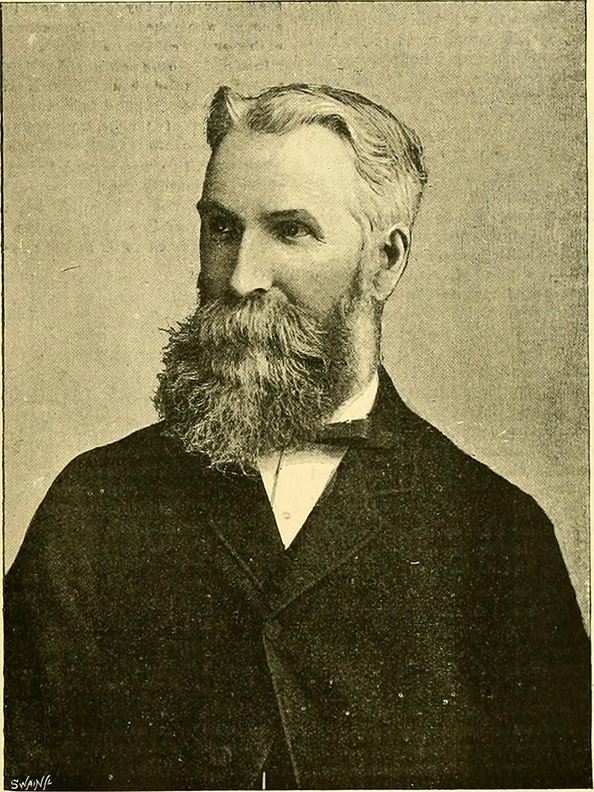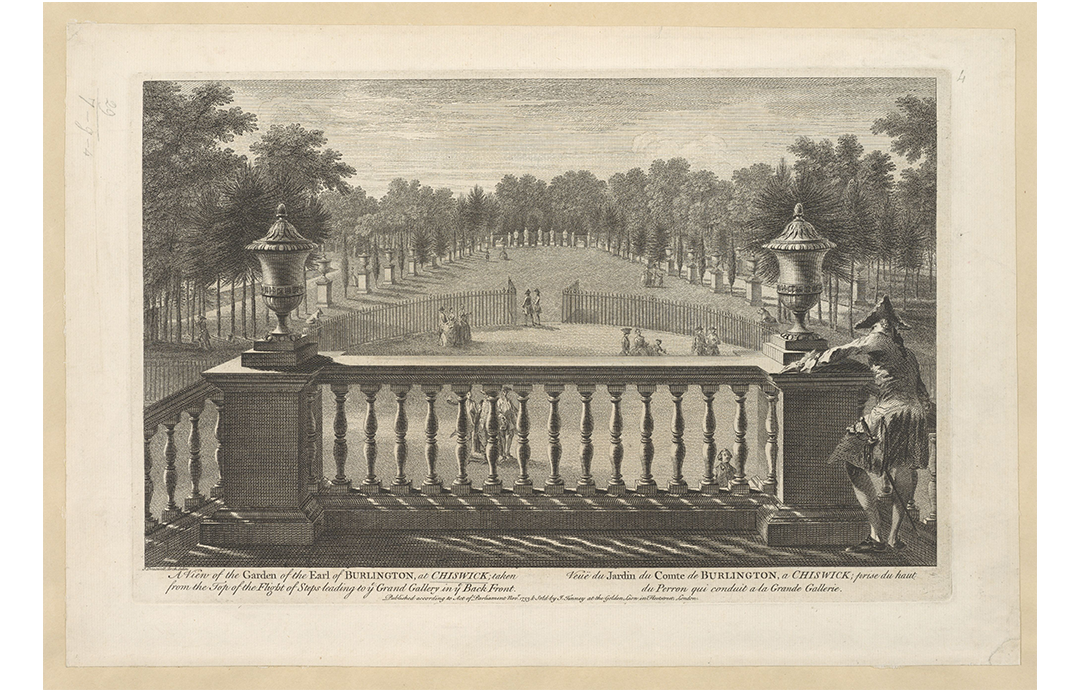Archibald Barron
THE POMOLOGIST
b. 1835 — d. 1903
Chiswick, England

‘A just and upright man, conscientious, of good abilities, sound judgement and extensive knowledge, he was a friend to all and the enemy of none.’ So opens the obituary of the fantastically named Archibald Farquharson Barron, who died in 1903 aged 68.
Barron was a gardener and horticulturalist of some repute, famed for his work with fruits and vines. ‘So long as gardeners grow vines, so long will the author of Vines and Vine-culture be held in estimation,’ his obituary states. ‘His work on apples and pears, though less known, is equally sound… To reprint these articles in a separate volume would be a fitting tribute to the great pomologist.’
Originally from Aberdeen, Barron trained at Crathes Castle, southwest of his native city under the tutelage of his father, before he worked in the gardens of several estates including Arundel Castle in West Sussex. Large, expansive gardens of the sort Barron worked in were originally established in the 17th and 18th centuries and would have been expensive to establish, often populated with non-native plant species that required costly expeditions to source, requiring specialised environments or methods to grow them. Common features of these gardens included vast lawns that required many employees to maintain as they would have been, in a time before lawn mowers, cut by hand – or by scythe more accurately.


Queen Victoria was on the throne throughout Barron’s career and as the British Empire grew under her rein so did gardening as an occupation and a pastime for the wider population. New and exotic plants from around the world were grown on a much larger scale as vast conservatories could artificially recreate their native environments and the newly established middle classes had greater access to public parks and gardens that began to open. Meanwhile higher rates of literacy meant books on horticulture, how-to guides and catalogs of mail-order gardening equipment became increasingly popular to those that could afford them.

Barron himself was the author of two books, British Apples Illustrated and the aforementioned Vines and Vine-culture, which is based on a compilation of his writings previously published for The Florist and Pomologist periodical, though with additional chapters and extensive illustrations. It's clear from the almost reverential tone and the extensive capitalisation of the words 'Grapes' and 'Vines' in his writing that gardening is his calling. 'In no country in the world,' he writes 'are Grapes grown with so much care and brought to such perfection, as in Great Britain'. He seems to be all for the democratisation of gardening, writing that the purpose of the book is to 'provide a work on Vines that may at times prove useful to the skilled practitioner as well as to the inexperienced amateur or student’.

INFORMATION SOURCES
& FURTHER READING
– Arundel Castle
– Victoria Medal of Honor
– The BBC’s series The Secret History of the British Garden, on the 17th, 18th and 19th Centuries respectively
IMAGE SOURCES
– Image 1 Image accompanying Barron’s Obituary, via Flickr Commons, 1903
– Image 2 Book plate illustration of Crathes Castle gardens, from Some English Gardens; Gertrude Jekyll and George Samuel Elgood, 1904. Via the Biodiversity Heritage Library
– Image 3 A View of the Garden of the Earl of Burlington, at Chiswick; John Donowell, 1753. Via British Library on Flickr Commons
– Image 4 Advertisement from the Gardeners’ Chronicle, 1880, via Flickr Commons
– Image 5 Advertisement from Curtis's Botanical Magazine vol. 102, 1876
– Image 6 Book plate illustrations from Vines and Vine Culture; Archibald Barron, 1892. Via the Biodiversity Heritage Library
– Image 2 Book plate illustration of Crathes Castle gardens, from Some English Gardens; Gertrude Jekyll and George Samuel Elgood, 1904. Via the Biodiversity Heritage Library
– Image 3 A View of the Garden of the Earl of Burlington, at Chiswick; John Donowell, 1753. Via British Library on Flickr Commons
– Image 4 Advertisement from the Gardeners’ Chronicle, 1880, via Flickr Commons
– Image 5 Advertisement from Curtis's Botanical Magazine vol. 102, 1876
– Image 6 Book plate illustrations from Vines and Vine Culture; Archibald Barron, 1892. Via the Biodiversity Heritage Library

